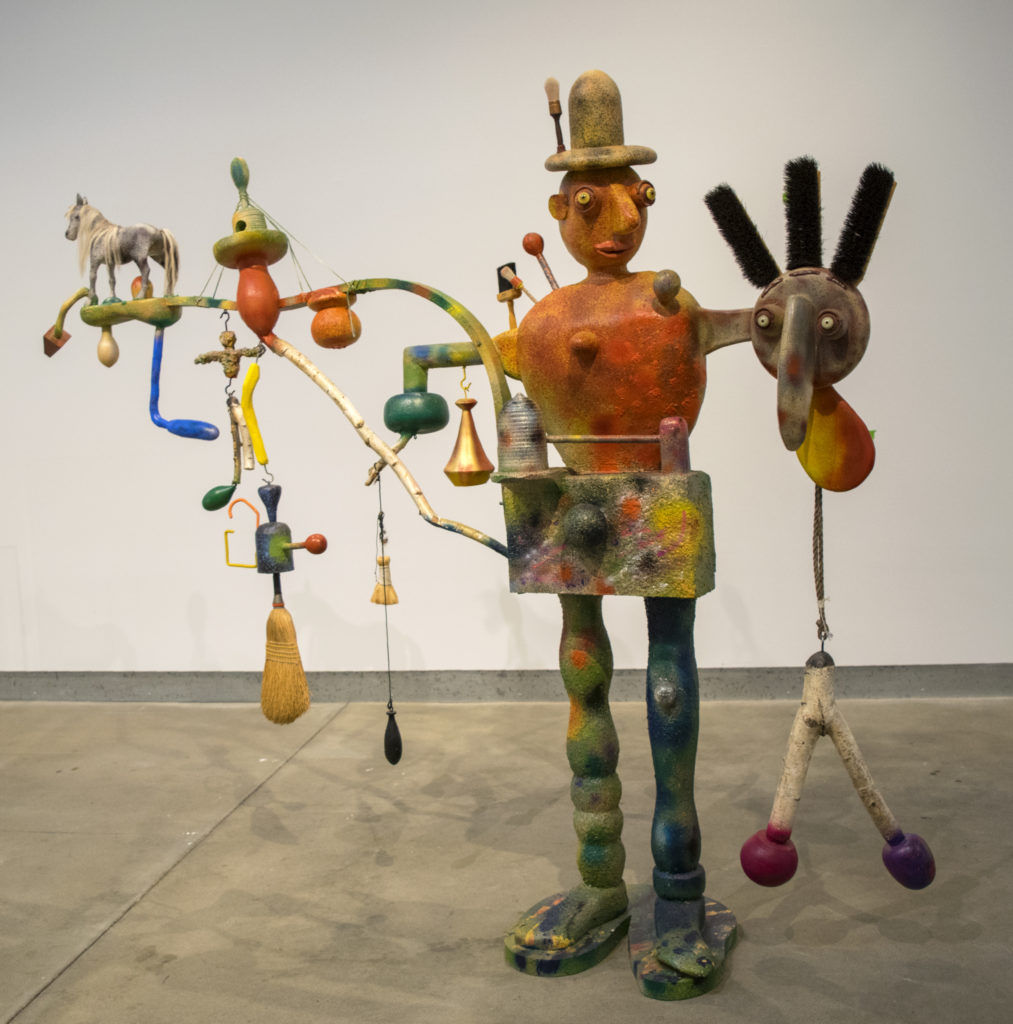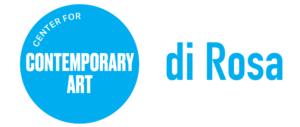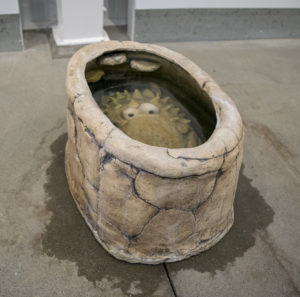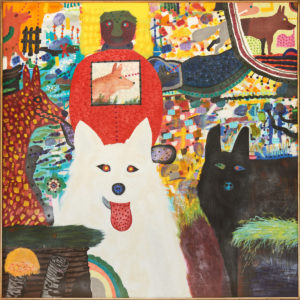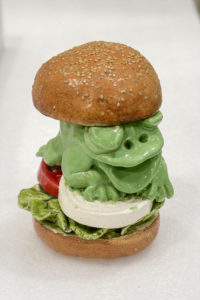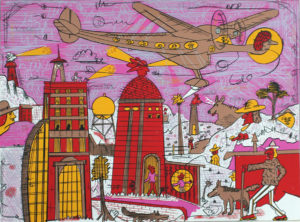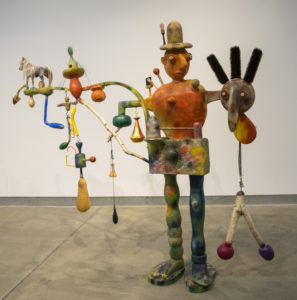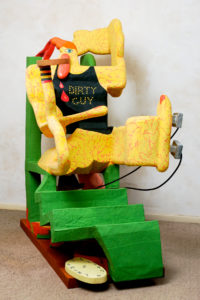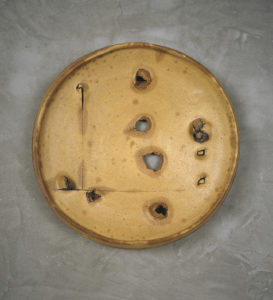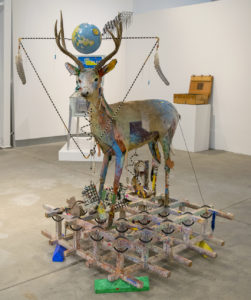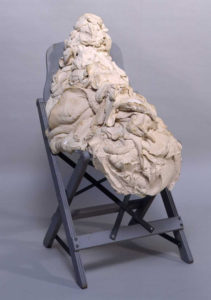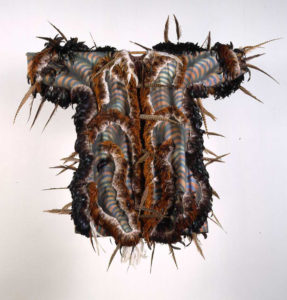About
In the late 1960s, a circle of artists—including Roy De Forest, Clayton Bailey, David Gilhooly, Peter Saul and Robert Arneson—adopted the label “Nut Art.” Each artist adopted a “nutty” artistic alter ego—Bailey, for instance, dubbed himself Dr. Gladstone, while De Forest began to identify as Doggie Dinsmour.
Along with writer David Zack, De Forest penned a stirring “Nut Art Manifesto,” taking pains to distinguish their work from the “Funk Art” enshrined in Peter Selz’s 1967 exhibition. “The work of a peculiar and eccentric nut,” the manifesto noted, “can truly be called ‘nut art.’” Nut artists turned inward to illustrate an inner dreamscape: “The nut artificer travels in a phantasmagoric micro-world, small and extremely compact, as is the light of a dwarf star imploding inward and in passage collapsing paradise and hell to one as it vanishes forever with our joys, sorrows and unrequited love.”
Unlike other artists featured in Selz’s “Funk” show, Nut artists produced “phantasmagoric micro-worlds,” surrealist and almost psychedelic in nature, with distinctive characters and visual themes recurring throughout works created in a wide variety of media. De Forest, for example, spent decades illustrating a whimsical universe populated by dogs, horses and rabbits in works ranging from oil paintings, to prints and monumental sculptures. Bailey, similarly, produced an imagined world of monsters and dinosaurs, while Gilhooly depicted a mindscape of campy frogs. These artists created fantastical artistic realms reflecting each particular artist’s inner life.
"The nut artificer travels in a phantasmagoric micro-world..." —Nut Art Manifesto
